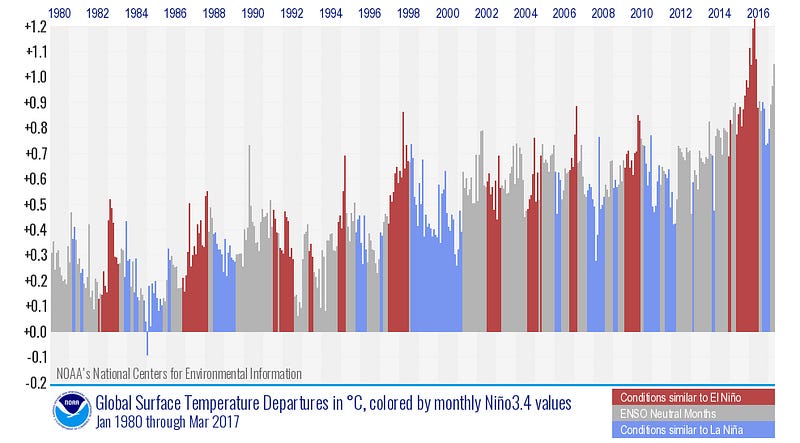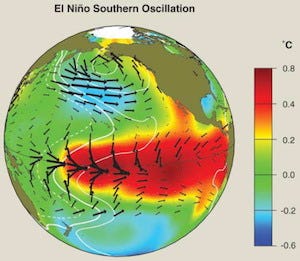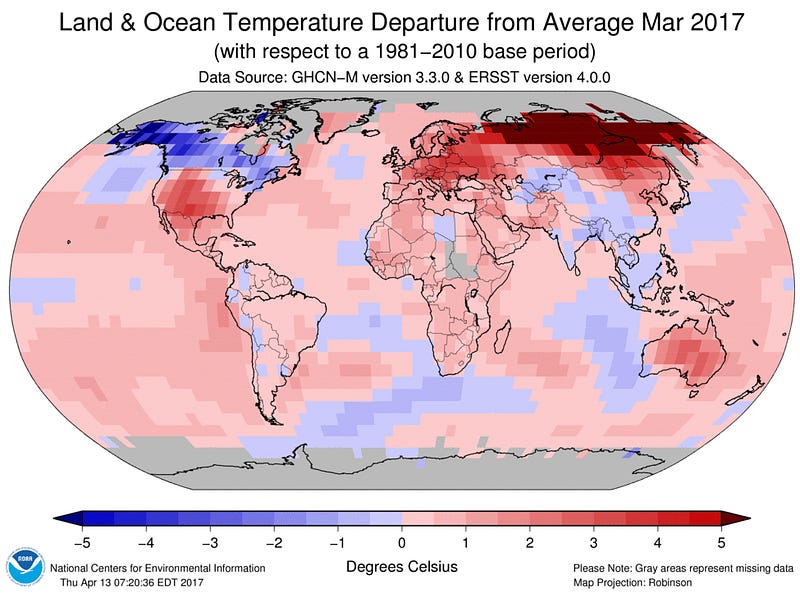The world's "biggest impending climate-related hazard"
By Thin Lei Win and Jatindra Dash
BANGKOK/BHUBANESWAR, India, April 12 (Thomson Reuters Foundation) - On a hot, humid afternoon on the outskirts of Bhubaneswar in eastern India, construction worker Sabitri Mahanand frets about increasingly "dangerous" summers. Carrying over a dozen bricks on her head, she fears getting sunstroke while at work, but home offers no respite either.
"When the day's work is over, I'm so exhausted that I often don't want to cook food but I have no choice," said Mahanand, 35, wiping the sweat from her face with a cloth wrapped around her waist. "I have to feed myself, my husband and my son."
The ancient city of Bhubaneswar is the capital of Odisha state - one of the few parts of South Asia that has a heat emergency plan.
Odisha's government departments have been asked to put in place measures in anticipation of heat waves this summer.
The world has already experienced three record-breaking hot years in a row, and the rising global temperature could have profound effects for health, work and staple food supplies for hundreds of millions of people, climate scientists told the Thomson Reuters Foundation.
The poor in urban slums in developing nations are particularly at risk, they said, while solutions to cool homes and bodies that do not hike climate-changing emissions remain elusive.
Even if the world is able to limit global temperature rise to 1.5 degrees Celsius above pre-industrial levels - a goal set by governments in Paris in 2015 - by 2050, around 350 million people in megacities such as Lagos in Nigeria and Shanghai in China could still be exposed to deadly heat each year, according to a recent study by British researchers.
Estimates from the Institute for Social and Environmental Transition-International (ISET-International) and the National Center for Atmospheric Research (NCAR), both based in Colorado, are even higher. By mid-century, some 300 million Indians and Bangladeshis in the lower Ganges Valley alone will lack sufficient power to run electric fans or air conditioning to combat rising temperatures, they predict.
Fawad Khan, senior economist with ISET-International - which has conducted studies on heat stress, when the body absorbs more heat than is tolerable - describes heat as a "silent killer" and the world's "biggest impending climate-related hazard".
"First, your quality of life is going to deteriorate. You don't feel well, your children don't perform well at school, your physical and mental ability is affected," he said.
"The husbands work all day and come back tired and cannot sleep, children cry because it's too hot, and women say they have more domestic quarrels. These things take a huge toll, and they're immeasurable," he said.
HEAT INDEX
Contrary to popular perception, temperature alone is not the best indicator of heat stress, and the heat index - a measure that combines temperature and humidity - is more useful, scientists said.
Humidity should be taken into account because it limits the body's ability to cool via sweating, said Tom Matthews, a climatologist at Liverpool John Moores University in England who contributed to the UK research paper.
A 2014 study conducted by ISET-Pakistan looked at two of the largest hospitals in two Pakistani cities, and found heat stroke was occurring not in the hottest month but when the heat index was highest.
Heat stroke occurs when the body overheats and can be life-threatening.
Extreme heat can also lead to heat exhaustion and severe dehydration, and can aggravate cardiac conditions, kidney disorders and psychiatric illness, said Poonam Khetrapal Singh, Southeast Asia director at the World Health Organization.
Most warnings about heat stress focus on peak temperatures during the day, but rising night-time temperatures are adding to the indirect effects, said NCAR scientist Caspar Ammann.
A report by Australia's Climate Council estimated that in 2015, nearly 3,500 people died in India and Pakistan from heat waves - defined as three exceptionally hot days in a row.
Recent fatal heat waves were a result of a 0.8 degree Celsius rise in temperatures from pre-industrial levels, the UK study said. Heat waves caused by a further increase of 0.7 degrees - if the world sticks to its 1.5 degree Celsius limit - could be even more severe, it warned.
Vimal Mishra, assistant professor at the Indian Institute of Technology in Gandhinagar, said heat stress and heat waves could lead to loss of productivity and earnings, livestock deaths, higher food prices and water shortages.
Raising awareness among the general population and setting up region-wide warning systems will be key, he said.
"We are not acting as fast as we are seeing - every year we see a new anomaly," added Mishra, whose 2015 research found a significant increase in the number of heat waves between 1973 and 2012, while the frequency of cold waves declined.
RECYCLED ROOFS
Scientists say the threat is especially high for the urban poor who live in houses with concrete or tin roofs that absorb heat, and there are few low-energy technologies to counter this.
Roofs made of concrete, the most common material in Pakistan, elevate night-time temperatures indoors by approximately 3 degrees Celsius, ISET-Pakistan found.
In South and Southeast Asia, the heat comes before and with the monsoon, NCAR's Ammann said. The moisture in the air boosts humidity, which shade can combat only so far.
"High humidity limits the radiative cooling at night," he said.
Solutions used in other parts of the world, such as basements dug into the cooler ground, tend to flood in Asia unless they have concrete foundations, which many cannot afford, Ammann added.
One inexpensive measure is to paint roofs white so they reflect the sun more effectively, suggested P.K. Mohapatra, special relief commissioner for Odisha.
Meanwhile, a new modular roofing system made with recycled agricultural and packaging waste, called ModRoof, may offer an option for cooling homes without using electricity.
Produced by ReMaterials, a company based in Gujarat, India, the roofs can lower the temperature inside by 6 to 10 degrees Celsius compared with metal and cement roofing, founder Hasit Ganatra told the Thomson Reuters Foundation.
So far 75 roofs have been installed in Ahmedabad's slums, but they aren't cheap, with an average cost of $772 per family.
Ganatra said the company's all-women sales team is working with micro-finance firms to make the product more affordable for the poor.
Wednesday, 12 April 2017 06:00 GMT
(Reporting by Thin Lei Win in Bangkok; additional reporting by Jatindra Dash in Bhubaneswar; editing by Megan Rowling. Please credit the Thomson Reuters Foundation, the charitable arm of Thomson Reuters, that covers humanitarian news, women's rights, corruption and climate change. Visit
www.trust.org)
The Thomson Reuters Foundation is reporting on resilience as part of its work on zilient.org, an online platform building a global network of people interested in resilience, in partnership with the Rockefeller Foundation.














